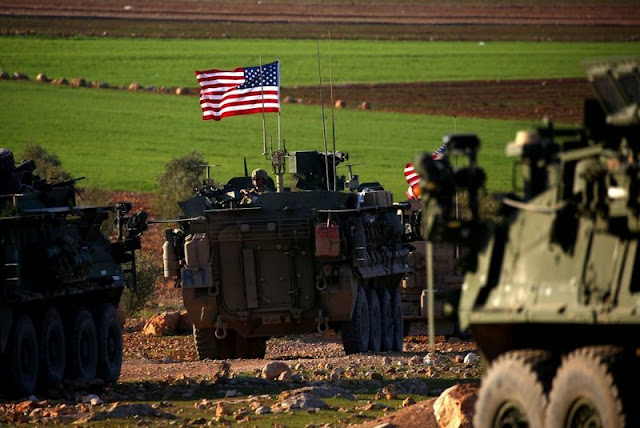The True Nature of Chemical Warfare: Lessons From the 1980’s Iran-Iraq War

MiG warplanes, artillery, and superior ground forces are vastly more effective than chemical weapons used on any scale, especially in the minute quantities the US has repeatedly accused the Syrian government of using.
For a Western population weaned on Hollywood movies, ridiculous TV shows, and an endless torrent of misinformation from their corporate media news outlets, chemical weapons have been portrayed as “weapons of mass destruction,” with even small amounts causing catastrophic devastation.
Under the best conditions, however, and with vast amounts of chemical agents, large casualties can be produced. But history has shown that generally, anything less than these circumstances would be a waste of time, resources, and of course in Syria’s case, politically and strategically unjustifiable.
A document produced by the US Marine Corps, titled, “Lessons Learned: The Iran-Iraq War” under “Appendix B: Chemical Weapons,” a comprehensive look at the all-out chemical warfare that took place during the devastating 8 year conflict is carefully documented. Several engagements are studied in detail, revealing large amounts of chemical agents deployed mainly to create areas of denial.
The effectiveness and lethality of chemical weapons is summarized in the document as follows (emphasis added):
Chemical weapons require quite particular weather and geographic conditions for optimum effectiveness. Given the relative nonpersistence of all agents employed during this war, including mustard, there was only a brief window of employment opportunity both daily and seasonally, when the agents could be used. Even though the Iraqis employed mustard agent in the rainy season and also in the marshes, its effectiveness was significantly reduced under those conditions. As the Iraqis learned to their chagrin, mustard is not a good agent to employ in the mountains, unless you own the high ground and your enemy is in the valleys.
We are uncertain as to the relative effectiveness of nerve agents since those which were employed are by nature much less persistent than mustard. In order to gain killing concentrations of these agents, predawn attacks are best, conducted in areas where the morning breezes are likely to blow away from friendly positions.
Chemical weapons have a low kill ratio. Just as in WWl, during which the ratio of deaths to injured from chemicals was 2-3 percent, that figure appears to be borne out again in this war although reliable data on casualties are very difficult to obtain. We deem it remarkable that the death rate should hold at such a low level even with the introduction of nerve agents. If those rates are correct, as they well may be, this further reinforces the position that we must not think of chemical weapons as “a poor man’s nuclear weapon.” While such weapons have great psychological potential, they are not killers or destroyers on a scale with nuclear or biological weapons.
According the US military’s own conclusions, the use of chemical weapons only enhance conventional warfare, but are not suitable for wiping out large swaths of enemy troops. Their effectiveness is such that the Syrian government could not justify their use, thus risk incurring direct Western military intervention.

Conversely, it is self-explanatory as to why the US, NATO, and their Persian Gulf allies would stage a chemical attack to accuse Syria – to open up the doorway to wider and more direct military confrontation, with US troops already conveniently staged in Syria.
Wider war is sought against a Damascus poised to achieve victory, endangering the last bastions of foreign-backed terrorists operating in Syrian territory. The US and its allies also seek to frustrate the joint Syrian-Russian-Iranian-Hezbollah coalition that stands poised to reshape the Middle East for the first time in nearly a century based on interests beyond Wall Street, Washington, and London.

